Kids grow up fast. One day they come home from the hospital, then they go through seemingly a pair of shoes every few weeks. Eventually, the time comes to teach them to put on their shoes by themselves.
Putting their shoes on by themselves isn’t only a major step in their development: It’s a major change in growth and in their own independence.
There’s a whole host of benefits that come with teaching children to put on their own shoes. Find out the comprehensive benefits with Kizik below.
1. Encourages critical thinking
Putting on shoes requires your children to think in ways they haven’t before. When you put their shoes on, they don’t really need to think about much other than maybe staying still. Taking control of footwear themselves, however, requires a bit more effort.
They have to identify that shoes come in sets of two, in the same way that they have two feet. It’s a basic observation, but it’s one that teaches them some foundations in logic and identifying relationships between things. Children need to develop a sense of linearity and see that actions must take place in a certain order.
This leads to a better understanding of how the world works at large. At any age, this can help them develop intellectual abilities that will come in handy when it comes to school.
2. Improves confidence and independence
There are plenty of ways to help your kids grow up to be confident. Positive affirmations, encouraging them to do the things they love, and developing a positive sense of self-worth all help. Another critical part of confidence, though, comes from supporting them on the pathway to success.
In the case of putting on shoes, it marks a significant step toward independence. Suddenly, they have achieved a degree of mastery over their own life they didn’t have before. This can give them the boost to take charge in other aspects of their lives. Taken in stride with all the other benefits putting on one’s own shoes creates, it marks the beginning of a new way of living.
3. One less thing for you to worry about
We never said all the benefits on this list were going to be for your kids! The checklist when leaving the house (for school or anything else) is a long one. Until your kids reach a certain level of independence, you’ll be responsible for most of it.
Clothing, backpacks, gloves, coats, and more in winter create a lot to keep track of. Once they learn how to put on their own shoes, it’s one less thing to race to do if you’re ever late for school drop-off. But that’s something that never happens, right?
4. Enhanced fine motor skills
Physical activity can greatly improve fine motor skills in general. When we say “physical activity,” many first jump to the thought of sports, physical games, and more, but that’s not the whole picture. Putting your shoes on is a physical activity that requires a surprisingly set of skills.
First up is hand-eye coordination. If you choose shoes with laces, then they will need to connect what they see with what they do. This can build coordination and lateral thinking skills for later on down the line.
It also requires concentration. Putting on shoes is a skill. It’s often not thought of as such because of how ingrained it is into most of us. However, when learning for the first time, it takes dedication and focus to absorb that knowledge.
Lacing up shoes requires a degree of physical dexterity. The small muscles of the hands and even fingers must operate in unison in order to achieve the task at hand. This attention to detail can come in handy for school as they learn how to write for the first time. The muscles used to grip pencils and adjust your grip are developed by the daily action of tying laces.
5. Boosts spatial awareness
Putting on shoes requires an understanding of order in the world. Your child will have to consciously process things like “This is where my heel goes.” All the little connections between our feet and our shoes that may be taken for granted are being newly discovered.
There is a specific order of operations for putting on shoes. First, identify which shoe goes to which foot. Then, sliding the foot in, taking care not to crush the heel. If they do, then they’ll have to either take the shoe off or wiggle the heel out.
If they wear laceless shoes, then at this point, they are ready to go off on their next big adventure. Laces provide another big hurdle: tying their shoes.
Learning to tie shoes is more than getting the rabbit around the tree. It also requires teaching your little ones some autonomy.
If their shoes come untied at school, who will be around to remind them to re-tie their shoes? More to the point, what if they forget how to tie their shoes? The solution develops both the order of things, as well as their own memory.
There are ways you can make putting on their shoes easier. The first is to be sure to teach them when you have some time free, with no deadlines. The learning process is wonderful, but it can also be frustrating for both parties. Eliminating any outside distractions or constraints can help make it a more enjoyable and relaxed experience.
Simpler solutions to shoes
Of course, if you can eliminate laces, it makes putting on shoes even easier. That’s why Kizik has introduced a kids' line of stylish, laceless shoes. With Kiziks, they can simply slide their feet in and get going. It makes putting shoes on easier both for your children and for you.
6. They learn problem-solving skills
When putting on shoes, your kids are going to be faced with a task with an obstacle. Overcoming the latter to complete the former requires analysis and adjustment in the face of new challenges.
For example, they’ll need to identify the easiest way to put their shoes on. In the case of shoes with laces, bending down is easier than standing up. It’s a less awkward way of putting them on and puts less strain on their sense of balance.
There’s also the question of choice. When given their choice of shoes to put on, they will learn to match their clothing to the occasion. When is the right time for sneakers, as opposed to flip-flops, rain boots, or dress shoes? They learn to develop social skills in identifying both etiquette and practicality for specific activities.
7. They develop their own sense of style
When giving your child the ability to put on their own shoes, you give them the ability to choose their own shoes. Without assistance from an outside source, they can put on what they’d like — when they like. This can be a crucial step in them identifying their own tastes and preferences.
Laces. Velcro. Slip-on. There are plenty of different types of shoes, and no two are exactly alike.
When your child knows how to put on shoes, they learn to notice the little things. It becomes necessary to identify subtlety in the world around them, and tastes develop in accordance.
8. They learn to become advocates for themselves
Even before their kids are born, parents are watching out for them. Lifestyle changes, “baby-proofing,” and more show that we care about our kids. But there are some things we can’t help with unless we take great pains to notice them ourselves.
Once our kids start to take responsibility for their shoes, they may feel more aware of what they are wearing. They might learn to comment when their shoes start to feel too tight, for instance. In this way, they can gain the ability to speak up for themselves and their own needs.
When it comes to actually getting new shoes, Kizik can make the process easier. A lot goes into one’s choice of footwear, especially for kids in the middle of essential growth periods. With our help, you can explore what to look for in the future.
9. You learn how your child learns
Teaching your kids to put their shoes on can show you how they learn best. For example, one study found that many children with autism learned best through videos and working through backward chaining. Identifying how your child learns best can help you know how to deal with education on even more complex tasks.
Tying it together with Kizik
There are several complex tasks that go into learning to put on shoes independently. Fortunately, with Kizik, that process can become greatly simplified. With the benefits of laceless shoes, getting dressed in the morning isn’t just easier. It’s faster.
In no time at all, your child can learn how to slide in without worrying about crushed heels or untied laces. And when it’s easier for them, it’s easier for you.
Sources:
Practical Ways to Raise Confident Kids I Mayo Clinic Health System
Occupational Therapy: Shoe Laces | Lumiere Children's Therapy




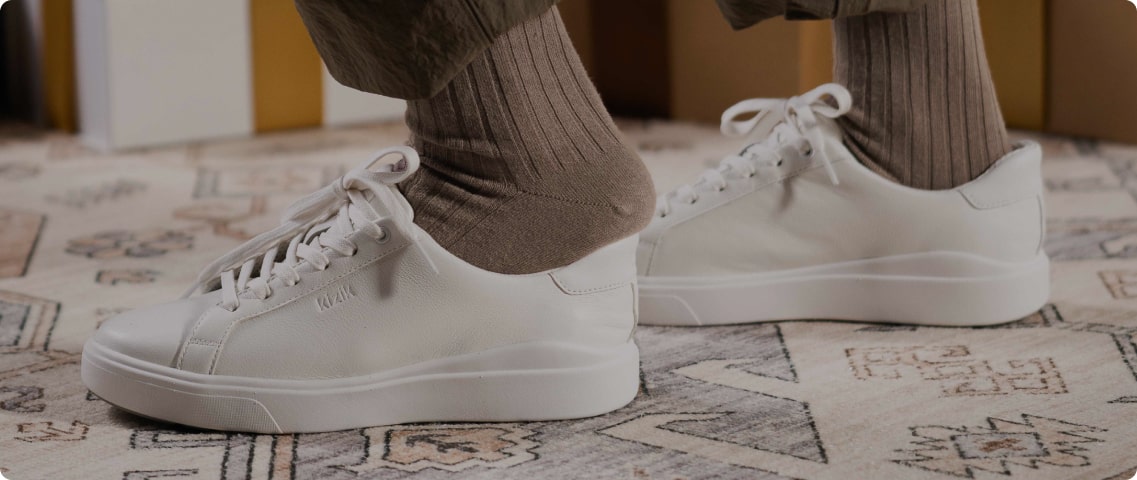
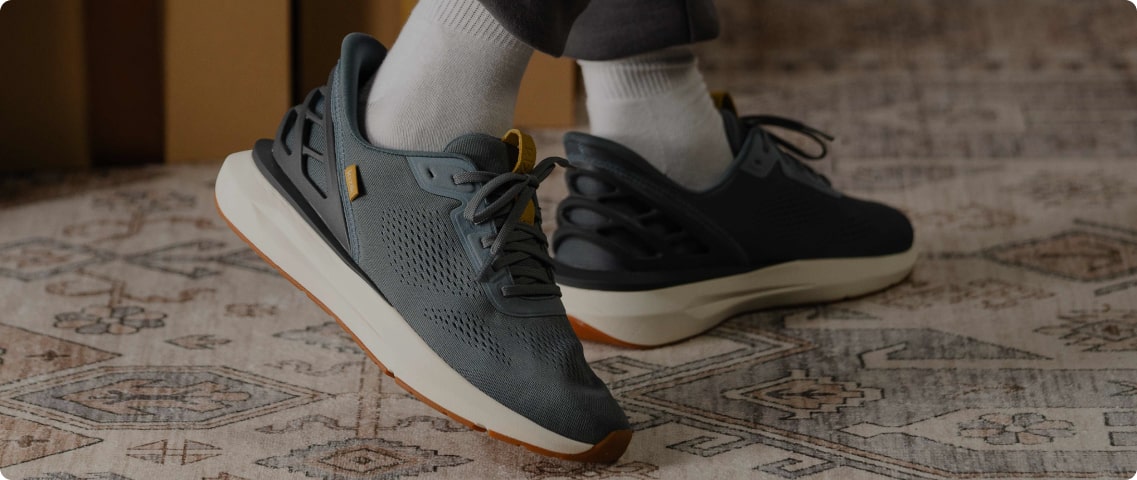


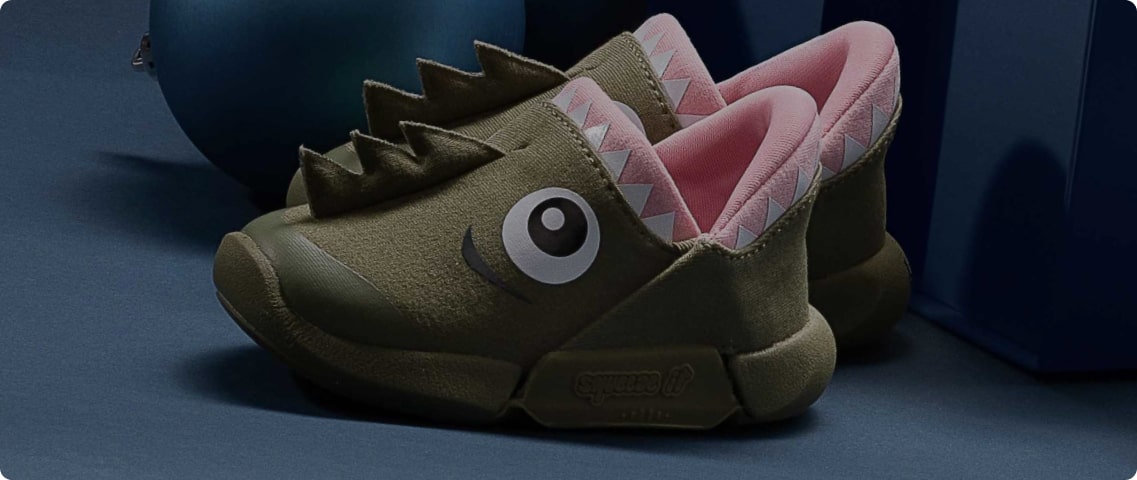
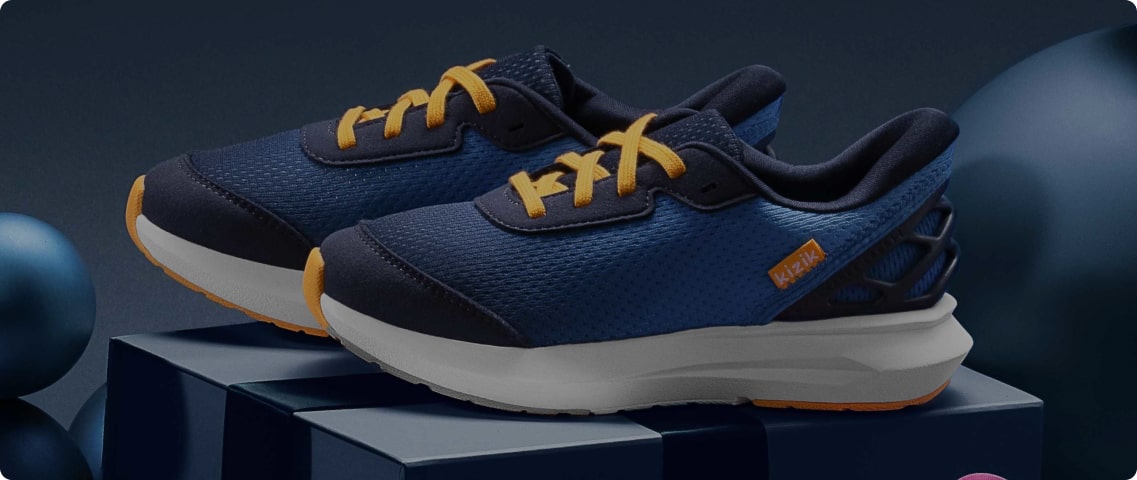


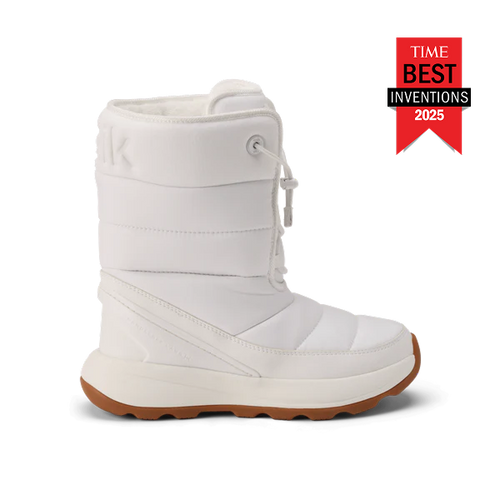


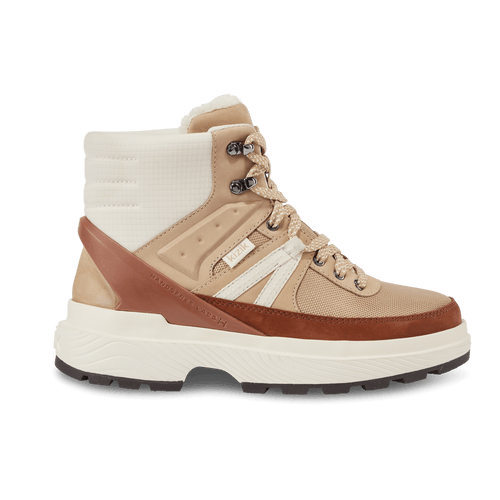














Leave a comment
This site is protected by hCaptcha and the hCaptcha Privacy Policy and Terms of Service apply.